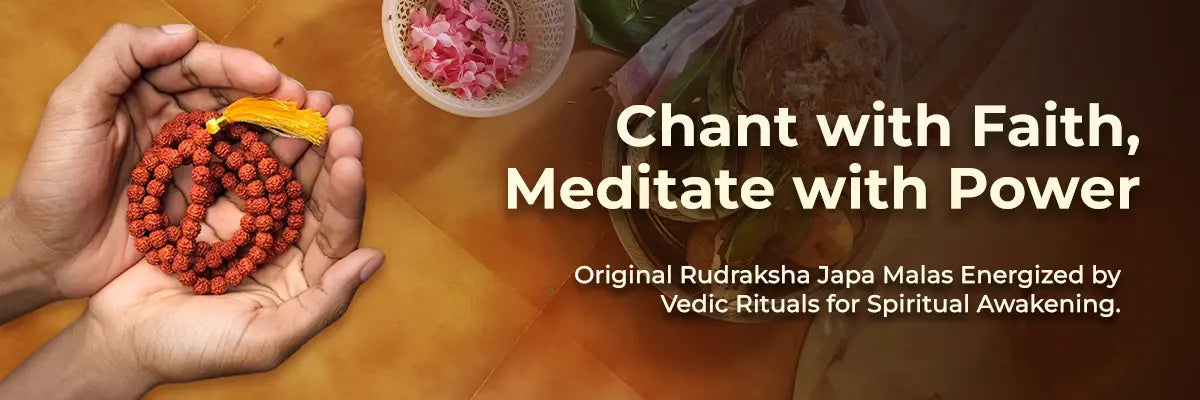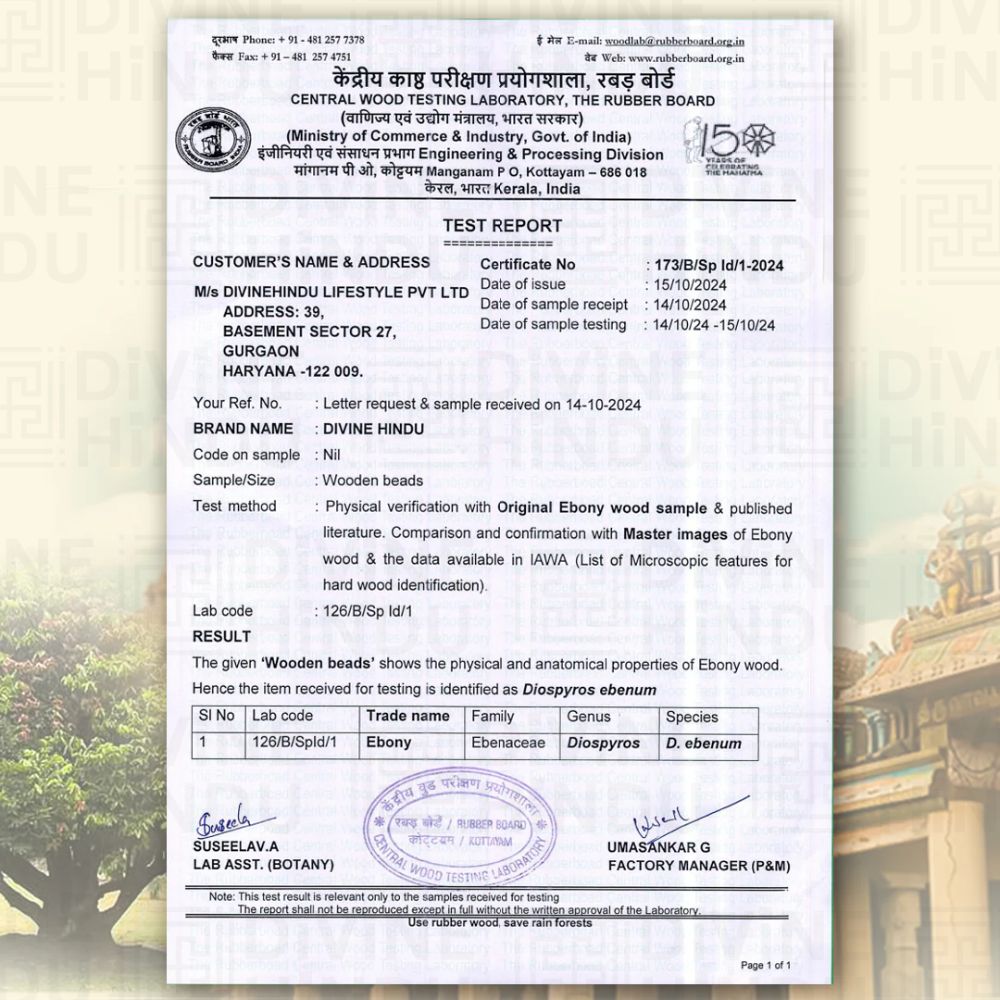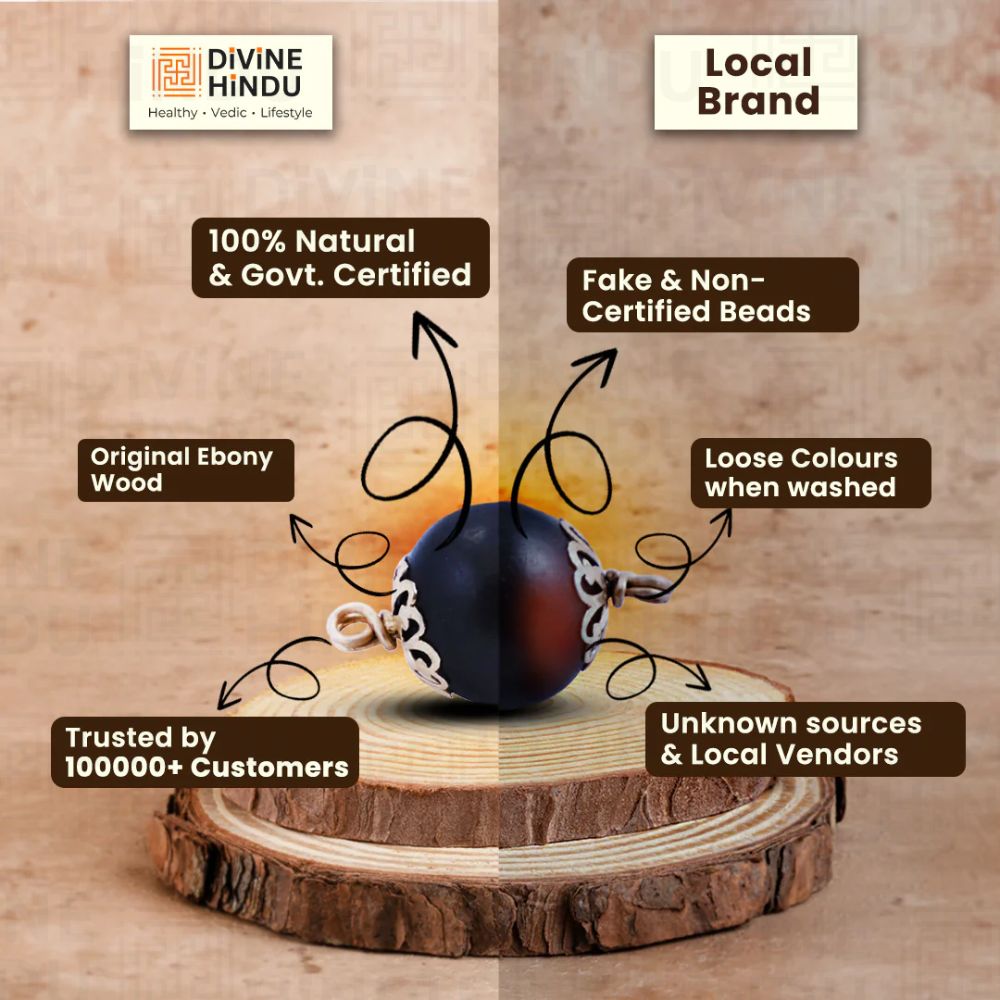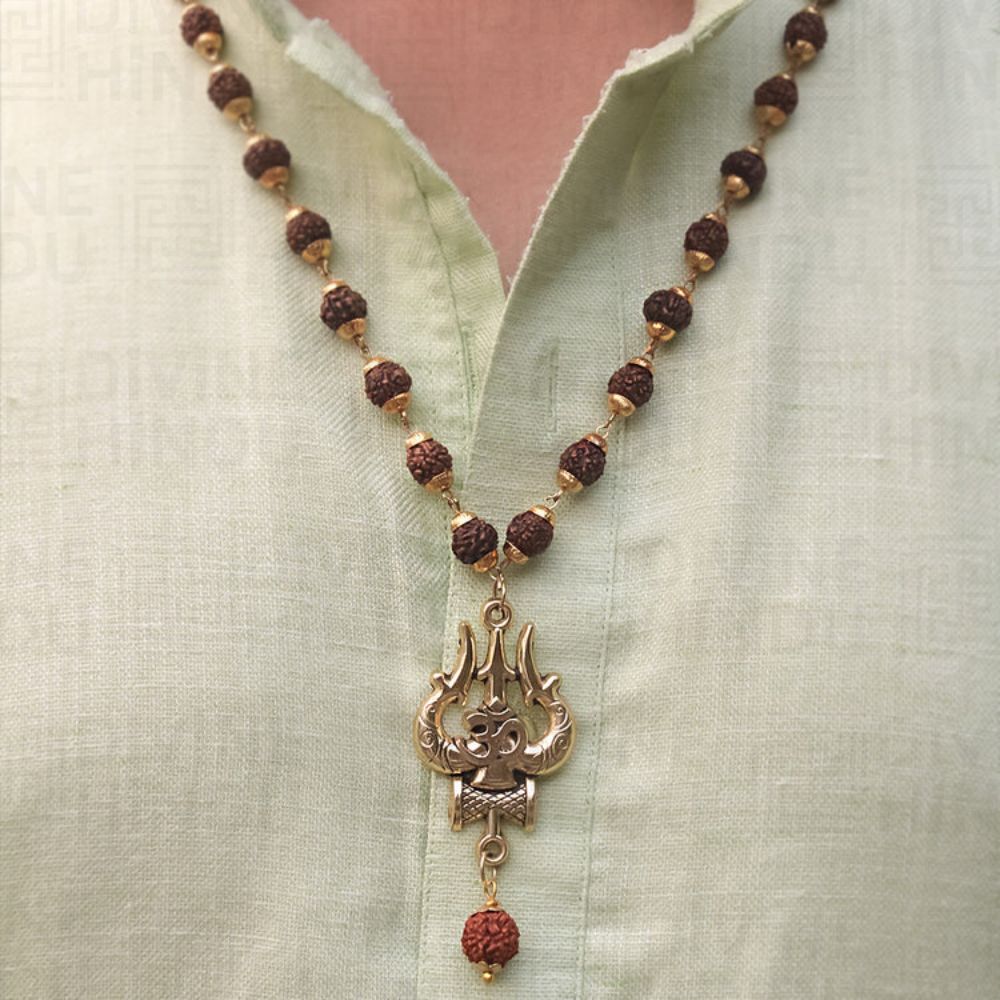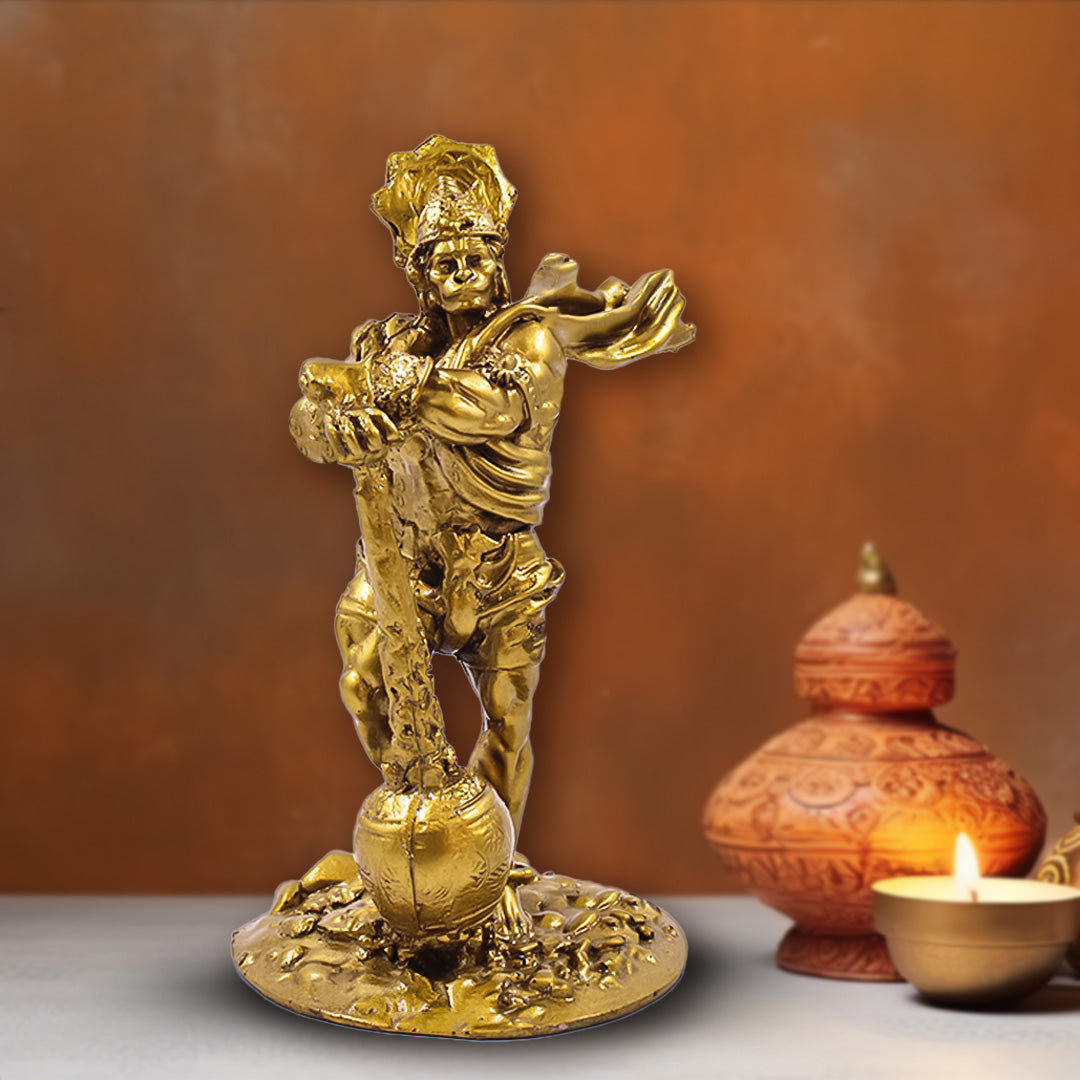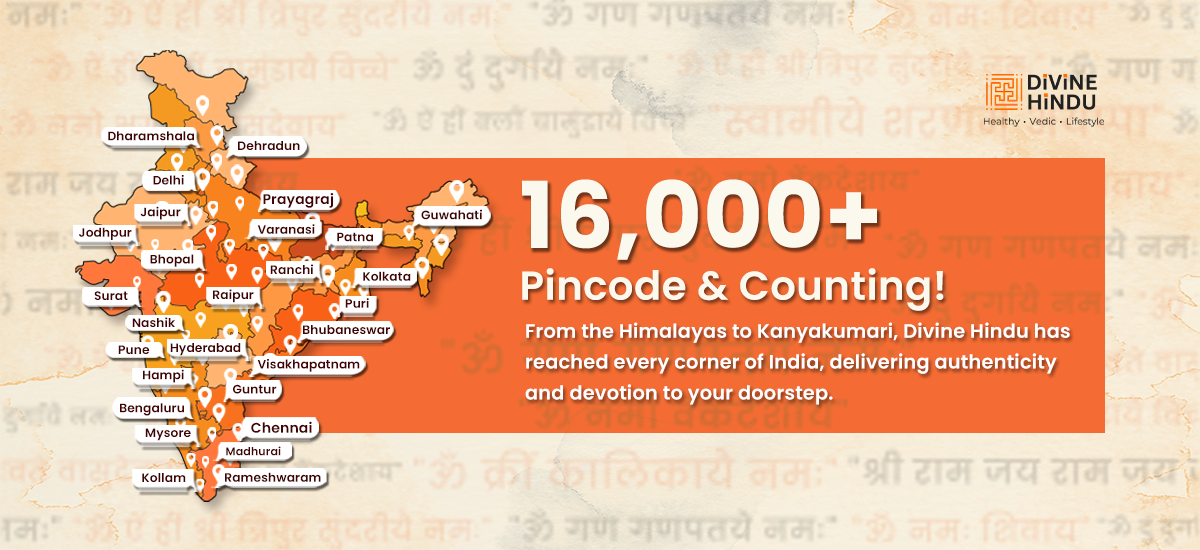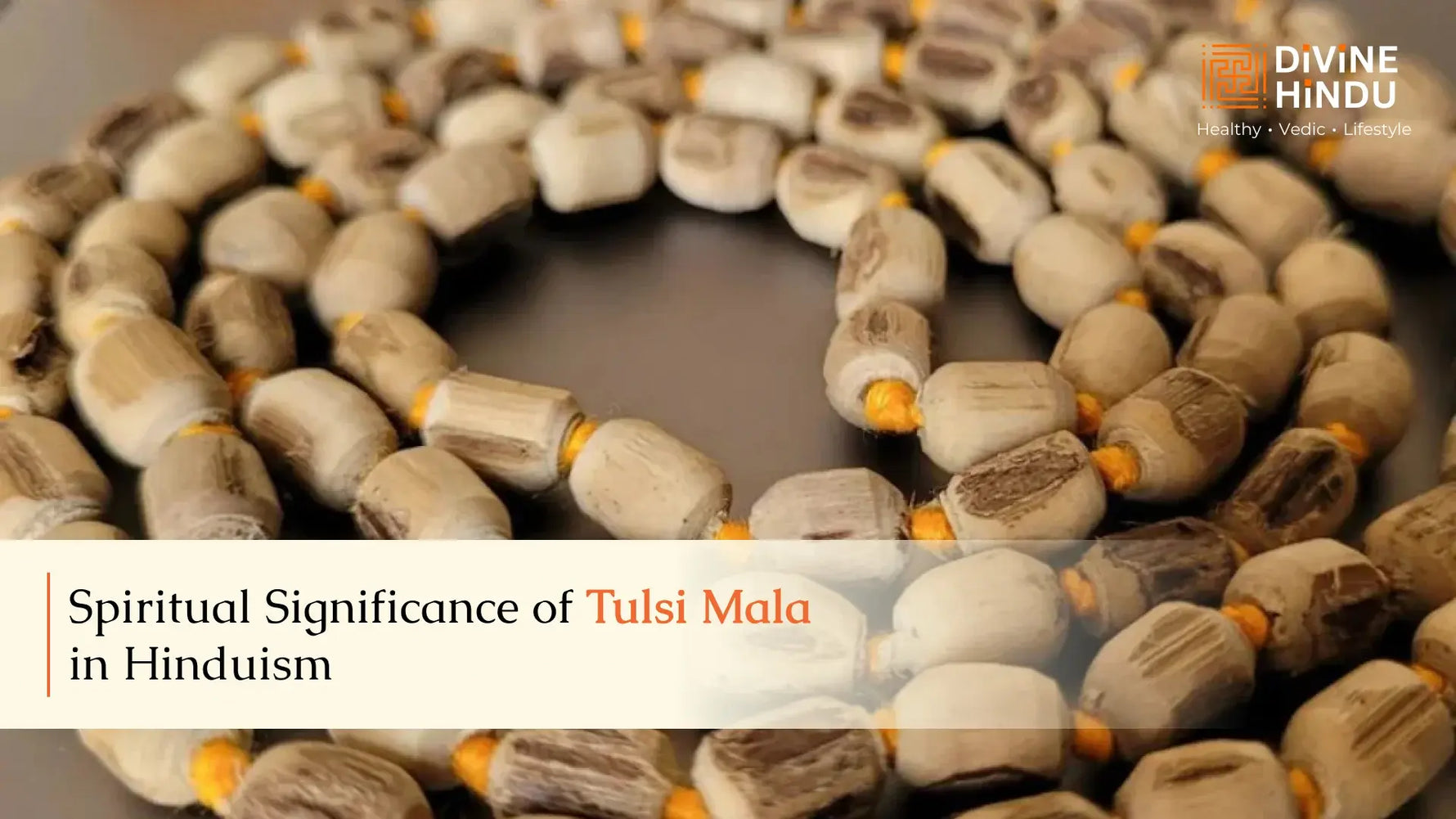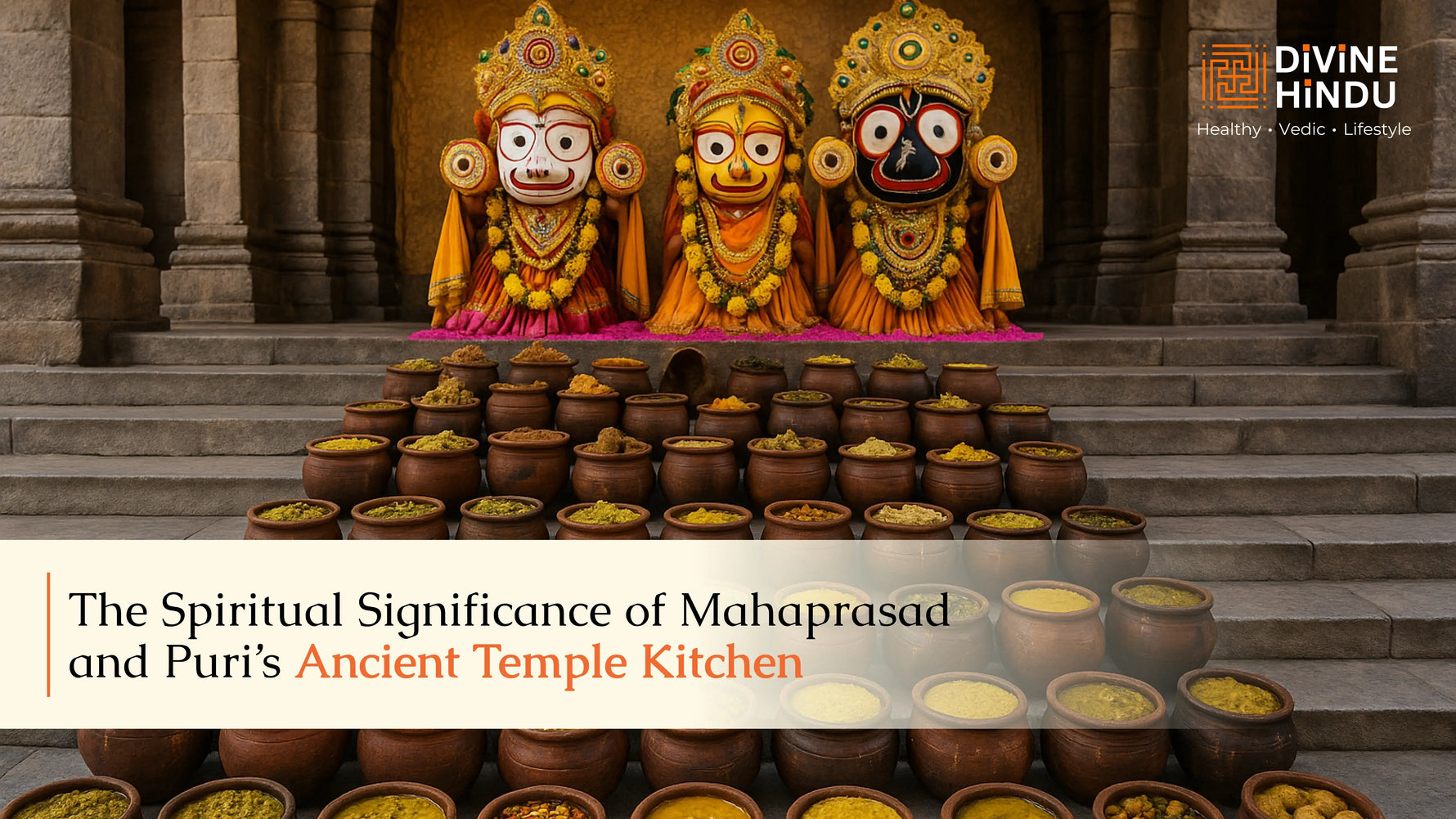Jagannath Yatra marks a very auspicious festival in the Hindu religion. Lord Jagannath, a form of Vishnu, with his brother, Lord Balabhadra, and his sister Devi Subhadra, start their journey from Jagannath mandir in Odissa, Puri, to Gundicha temple, which is their aunt's place. The festival, which began on 27th June 2025, is not just part of religion but evokes a deep sense of community and togetherness, along with spirituality.
But a festival is not just about its food and gatherings; it is about the food and offerings as well. At Puri, this offering is the 'Mahaprasad', which is made to welcome thousands of devotees daily.
Let's embark on a journey where you will understand how this prasad goes from being ordinary to the extraordinary in the plates of Jagannath Puri's kitchen.
Structure of Jagannath Kitchen
In respect of Vastu Shastra, the kitchen of Jagannath Puri is situated in the southeast area of its main gate. There are nine sacred wells, such as Ganga Kua and Yamuna Kua, for cooking. There are several tandoors or churches made with clay. Before the cooking and the entire process of making food, we energize each of the stoves with various rituals of Vedic Agni esse. The Rosh Gh is about 150 ft long, with 600 suras or cooks making 'bhoga' or 'prasad' for millions of devotees. The kitchen of Jagannath Puri has real importance for the masses. They say Laxmi Devi and Maa Annapurna bless the preparations. Common people were not allowed in the preparation area to avoid contaminating the food.
What is Mahaprasad or Mahaprasadam?
During the Rath Yatra, lakhs of people travel from around the world to seek the blessings of Lord Jagannath. The Jagannath Kitchen in Puri is considered one of the largest ones in India. The mahaprasadam, or bhog, is prepared fresh every day with lots of devotion and hygiene for the tourists. It is said that no one goes hungry in the land of Lord Jagannath. The chappan bhog, or 56 dishes, is the highlight of the preparation. Each item is made with devotion and love of the divine, making the offering a grand feast. The mahaprasad is also known as 'Abhada', which means cooked rice with a variety of vegetable dishes. The prasad is offered to the deities and then distributed among the devotees in the distribution hall or ananda bazaar.
Types of Prasad at Jagannath Puri
The prasad at Jagannath is divided into three types-
1. Sakhundi or cooked food like rice, dal, and khichdi.
2. Nisankhudi or the uncooked food like laddu, khaja, and malpua
3. Dry and concentrated rice used in pooja is called Nirmala
The chappan bhog prepared daily at Jagannath is a menu of 56 items cooked in desi ghee without onion, garlic, or tomatoes and consists of mahaprasadam with nine varieties of rice;14 preparations of different vegetables; nine preparations of items using milk; eleven sweets, and 13 types of cakes/pethas. The menu does seem to be quite elaborate in a commendable sense; however, in the preparation, the staff are very minimal with oils and spices to assist the food being cooling to the system. Bhogs are prepared six times a day and provided to deities and called different names like Gopal Vallabh Bhog or Sakala Bhog. The food is prepared with the agreements and loss of culture, tradition, and religion and respects guidelines. At the Rath Yatra, there is always food provided for consumption, which is not a way to feed up to a certain number of people but a blessing from the deities of food. Anyone who wants to partake in the traditional preparation without any economic, cultural, or social barriers can relish the food.
How is Prasad Made in Jagannath Puri?
At the Jagannath Puri Rath Yatra festival, the prasad is made with utmost care and devotion. The clay pots are filled with dishes and placed vertically on top of each other. It is said that miraculously, the top clay pot is the one to cook first, followed by the lower one. Although this is against the modern laws of science and logic, it is powered by the spiritual beliefs of many. The operations of preparing and serving are done by an army of several volunteers, like cooks(suras), servers, and helpers(juganias and tunics). Training for the same begins at around 12 years of age. Apart from onions and garlic, foreign food objects like tomatoes, potatoes, beetroots, corn, green peas, cauliflowers, cabbage, carrot, coriander, beans, turnips, bell peppers, chilli peppers, green beans, karelas, lady fingers, cucumbers are not used to make the offerings.
The price of the prasad at Jagannath Puri is very affordable to ensure everybody can enjoy it. It is said that no food in Jagannath Puri gets wasted. Each day, a different number of devotees come to experience the mahaprasadam, but food quantity is maintained accordingly without any modern forecasting techniques. This phenomenon is said to be powered by the 'divine intervention'.
Conclusion
Rath yatra is not just a religious proceeding; it's a reminder of how anyone and everyone, regardless of their economic or social class, can come and pray to Lord Jagannath, and his wishes are heard by God. Food at Jagannath Puri temple is not just a means to feed the masses; it is a sacred offering to the divine and his devotees that makes it 'Mahaprasad'. The largest living kitchen in the world, Jagannath Kitchen, is a holy and spiritual way to connect with the community.
Next time you experience the Rath Yatra of Puri, just think of the food as a pilgrimage and go one step closer to your devotional journey.
You May Also Like :
How to Balance Chakras Daily : A Beginner's Guide to Energy HealingWhere to Buy Original Karungali Malai Online – Benefits & GuideWhat Is The Significance of 108 in Hinduism?Lord Jagannath's Rath Yatra 2025: A Spiritual Journey of TraditionThe Symbolism and Spiritual Meaning Behind Murugan Idols




